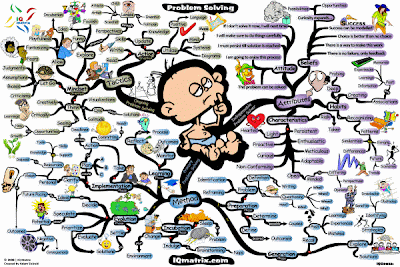Identifying all issues that could touch the problem and impact the solution is important. No rocket science there.
But what I have come to understand from research and personal observations is that the crucial step for breaking through problems with innovative ideas/solutions is to properly segment the issues into two groups: constraints and limits.
Far too often these two different issues are considered equal.
A limit, in my opinion, is an issue that has to be taken into account, as is, when solving the problem. Think of limits as the physics of the world that the problem exists within.
A constraint is an invitation to innovate. Where others see a limit, if you recognize a constraint, properly framing and identifying it, then you have a wonderful bound to innovate against.
Many a times, a constraint appears as a limit and is thus treated similarly by the problem solver. Yet, when viewed from another perspective the ‘limit’ may actually be a constraint that can yield a number of guiding points that lead to an innovative solution.
Next time you are facing a problem, try to identify what issues are constraints and what are limits. Work the list of constraints to identify the traditionally imposed bounds on the problem. The list of traditional bounds offers a well defined list of areas to innovate on, more often than not leading to a unique solution to a complex problem.


No comments:
Post a Comment